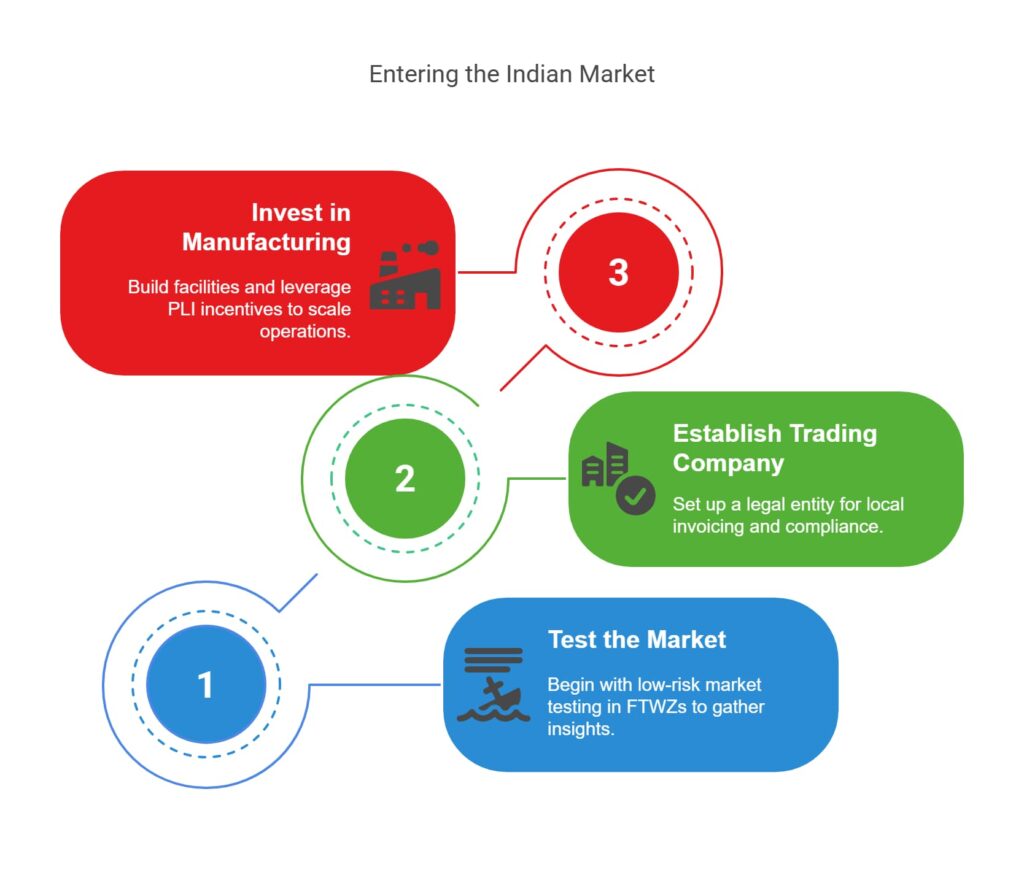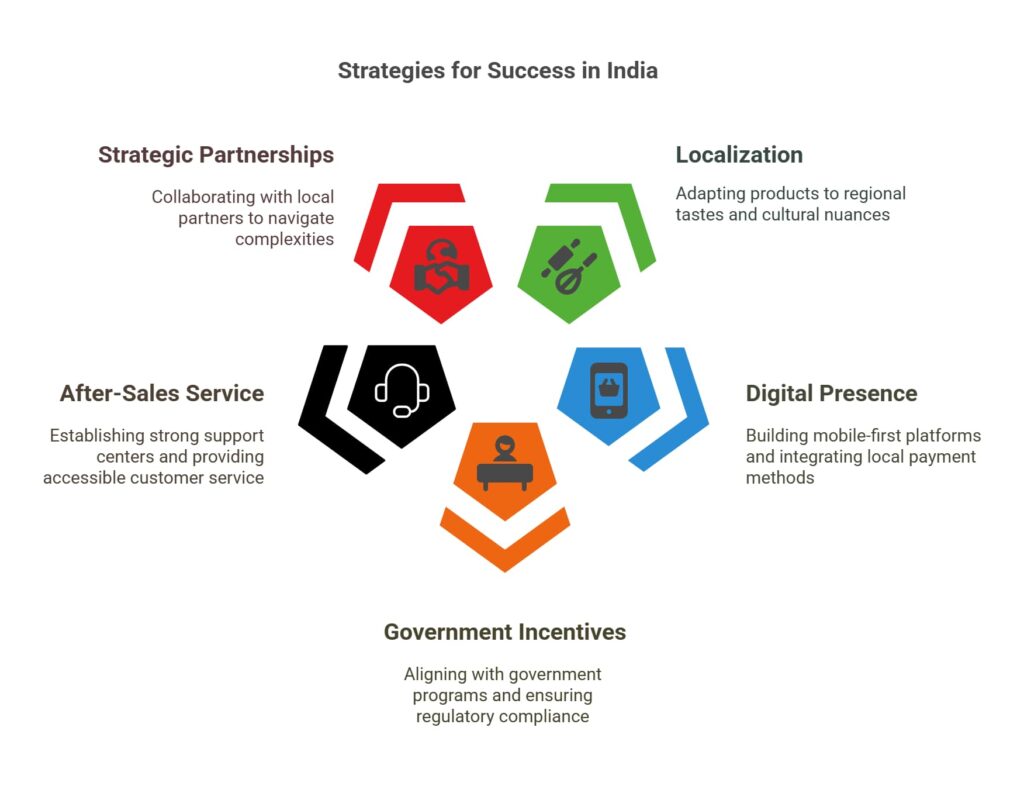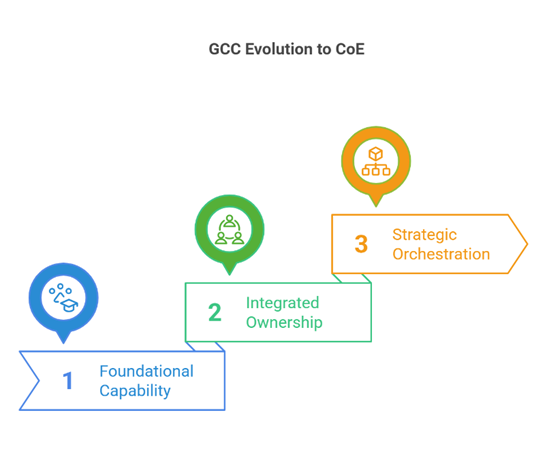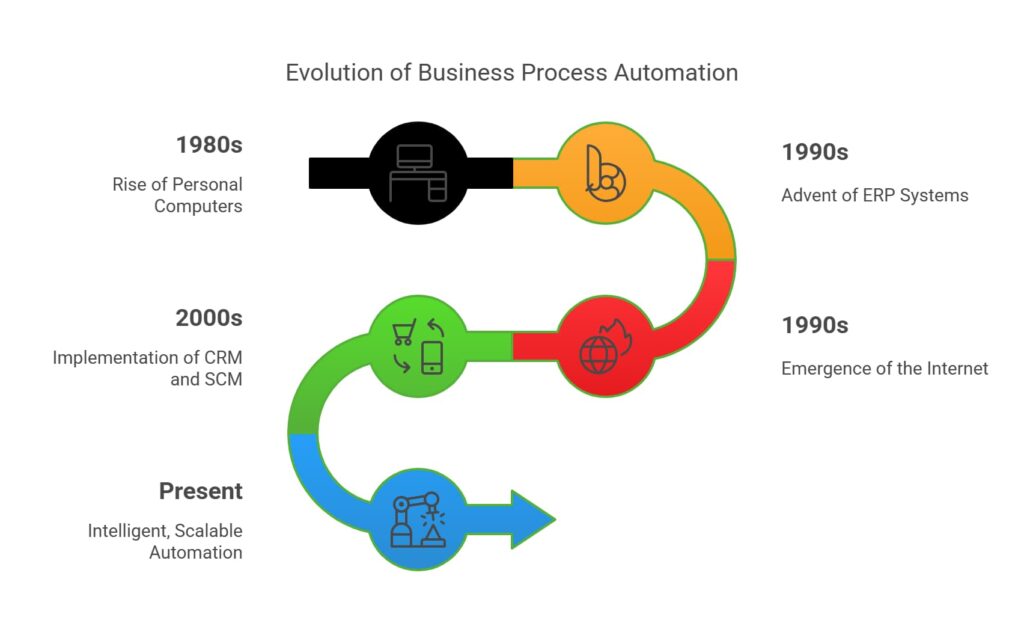In today’s borderless business environment, cultural friction isn’t just a minor inconvenience—it’s a deciding factor in whether a global capability center thrives or underdelivers. This is especially true in India, where more than 1,700 GCCs operate across industries. What used to be brushed off as a “soft” concern has become a hard truth: culture now sits at the center of execution, innovation, and leadership.
Companies that choose to invest in cultural integration don’t just end up with happier employees—they see tangible boosts in performance, resilience, and leadership development. Backed by data from the May 2025 SRKay Consulting Group Research, this piece takes a closer look at how companies are using cultural fluency not just to adapt, but to lead.
India’s rise as a GCC destination isn’t slowing down. But if cultural complexity is viewed as a roadblock, organizations will miss the bigger picture: it’s the very thing that, when managed well, unlocks sustainable and scalable growth.
Cultural Intelligence: The Real Skill Gap in GCCs
Tackling cultural challenges begins with a concept that’s often talked about but rarely mastered—Cultural Intelligence, or CQ. Unlike soft skills training or etiquette workshops, CQ runs deeper. It includes:
- Cognitive CQ: Knowing how different cultures operate—their values, etiquette, and work norms.
- Motivational CQ: Actually, wanting to learn and engage with other cultures.
- Behavioral CQ: Adjusting tone, body language, and communication styles to fit different contexts.
- Meta-cognitive CQ: Reading the room, questioning your own assumptions, and staying alert to cultural shifts.
For teams spread across time zones and built on diverse norms, CQ isn’t a bonus—it’s the connective tissue. It helps decode subtext, navigate ambiguity, and keep collaboration from collapsing under the weight of misinterpretation.
Why Culture Still Trips Up High-Performing GCCs
India is already a heavyweight in the GCC world. As per NASSCOM’s 2024 numbers, over 1.9 million people are employed in India’s GCCs, generating USD 64.6 billion each year. But scale alone doesn’t guarantee smooth sailing. As more GCCs in India take on critical work in AI, cybersecurity, and digital infrastructure, a new pattern is emerging, cultural issues are quietly slowing things down.
Let’s call out the data:
- 60% of leaders are grappling with integration hiccups between onshore and offshore teams
- 41% HR heads point to mismatched workplace expectations; 65% C-suites call out conflicting hierarchies
- Nearly half of engineering heads and top execs admit cultural misalignment still stalls execution (May 2025 report).

These numbers translate into real-world symptoms: projects drag, decisions stall, and top talent walks out the door.
The Cultural Maturity Model: How GCCs Grow Up
Any company serious about running high-performing, cross-border teams can’t wing it on culture. It needs a roadmap. That’s where the Cultural Maturity Model comes in—a practical ladder that organizations climb, often the hard way:
- Reactive: Cultural blind spots everywhere. No formal game plan.
- Aware: The problems are visible, but solutions are ad hoc.
- Aligned: Basics in place—like onboarding and team charters—but still early days.
- Integrated: Culture gets baked into workflows, tools, KPIs.
- Transformative: It’s no longer background noise—culture becomes a competitive edge.

When GCCs scale this curve, they stop treating culture as HR’s headache and start treating it as strategic armor. Metrics like team engagement, turnaround time on cultural friction, and inclusion scores are already making their way into leadership dashboards.
Practical Fixes That Actually Work
There’s no silver bullet—but there is a blueprint. Here’s what forward-thinking GCCs are doing to turn cultural friction into fuel:
- Get the Leadership in Sync: Structured sessions where global and India-based leaders hash out how authority works, how feedback flows, and how decisions get made.
- Track It Like You Mean It: Culture-focused KPIs are showing up in quarterly reviews. If it matters, you measure it.
- Personalized Learning, Tech-First: AI-led bite-sized training and VR-based cultural roleplays are replacing dull seminars.
- Governance That Includes Everyone: Rituals, feedback loops, and distributed decision-making help level the playing field.
- Read the Room—Digitally: Emotion analytics and real-time feedback tools help nip team tensions before they snowball.
According to a recent report, 85% of HR heads and 80% of CXOs now see cultural fluency as a must-have for any serious GCC consulting practice. It’s no longer a bonus—it’s baked into performance.
What It Costs When You Ignore Culture
Let’s cut to the bottom line. Ignoring these challenges isn’t just bad for morale—it bleeds money:
- Attrition: Mid-sized GCCs can achieve meaningful cost savings by improving cultural inclusion and reducing attrition. Industry data shows that attrition rates in the Indian IT and ITeS sectors have declined significantly in 2024, with the IT sector’s attrition falling to 15.1% from 19.3% in 2023, and the ITeS sector’s attrition dropping to 10.8% from 18.7%. Enhanced employee engagement and inclusion initiatives are key drivers behind this improvement, helping firms retain talent and reduce turnover-related costs, which typically include recruitment, training, and productivity losses.
- Project Delays: Misunderstood authority norms and unspoken communication rules derail timelines more than technical blockers do.
- Innovation Slowdowns: When employees feel culturally unsafe, they stop contributing ideas. That’s not a soft loss—it’s a competitive one.
Take decision-making as a case in point. Headquarters in the West might prize speed and decentralization. But many teams in India operate from a culture that values hierarchy. Result? Decisions stall—not because people are slow, but because they’re waiting for top-down validation. The fix isn’t more process. It’s deeper mutual understanding and better system design.
Who’s Getting It Right?
Some organizations are already showing how it’s done. One global financial player embedded cultural education directly into its talent programs—Citizen Data Science and Future Skills Academy. This didn’t just improve retention. It speeds up decisions across 49 markets.
Another GCC leaned on AI-powered feedback loops to tighten the bonds between its hybrid teams. The outcome? Quicker project turnarounds and a noticeable uptick in team satisfaction.
The common thread? They invested early. And they treated culture like the infrastructure it is.
What’s Next: Making Culture a Competitive Weapon
India’s GCC landscape is barreling toward a projected USD 110 billion mark by 2030 (NASSCOM). But this next chapter won’t just be written in Bangalore or Hyderabad. Tier-2 and Tier-3 cities are joining the map—and they come with their own linguistic quirks, authority structures, and social rhythms.
Organizations that crack the cultural code at this stage won’t just “fit in”—they’ll leap ahead. Culture, when understood and leveraged, becomes a force multiplier. But it can’t live in HR decks and offsite slides. It has to sit in strategy, leadership design, and the daily cadence of operations.
Culture Isn’t Just a Checkbox—It’s the Competitive Edge
Let’s stop calling cultural alignment a soft issue. In global capability centers, it shapes everything from how fast you launch to how well your team’s gel. Companies that tackle these challenges head-on don’t just run smoother—they think faster, move sharper, and retain better.
Fix the friction, and you’ll find flow. Misalignment becomes velocity. And fragmentation gives way to cohesion.
At the heart of it all? Culture. Not as an afterthought—but as the silent engine that drives global ambition into real-world impact.




































